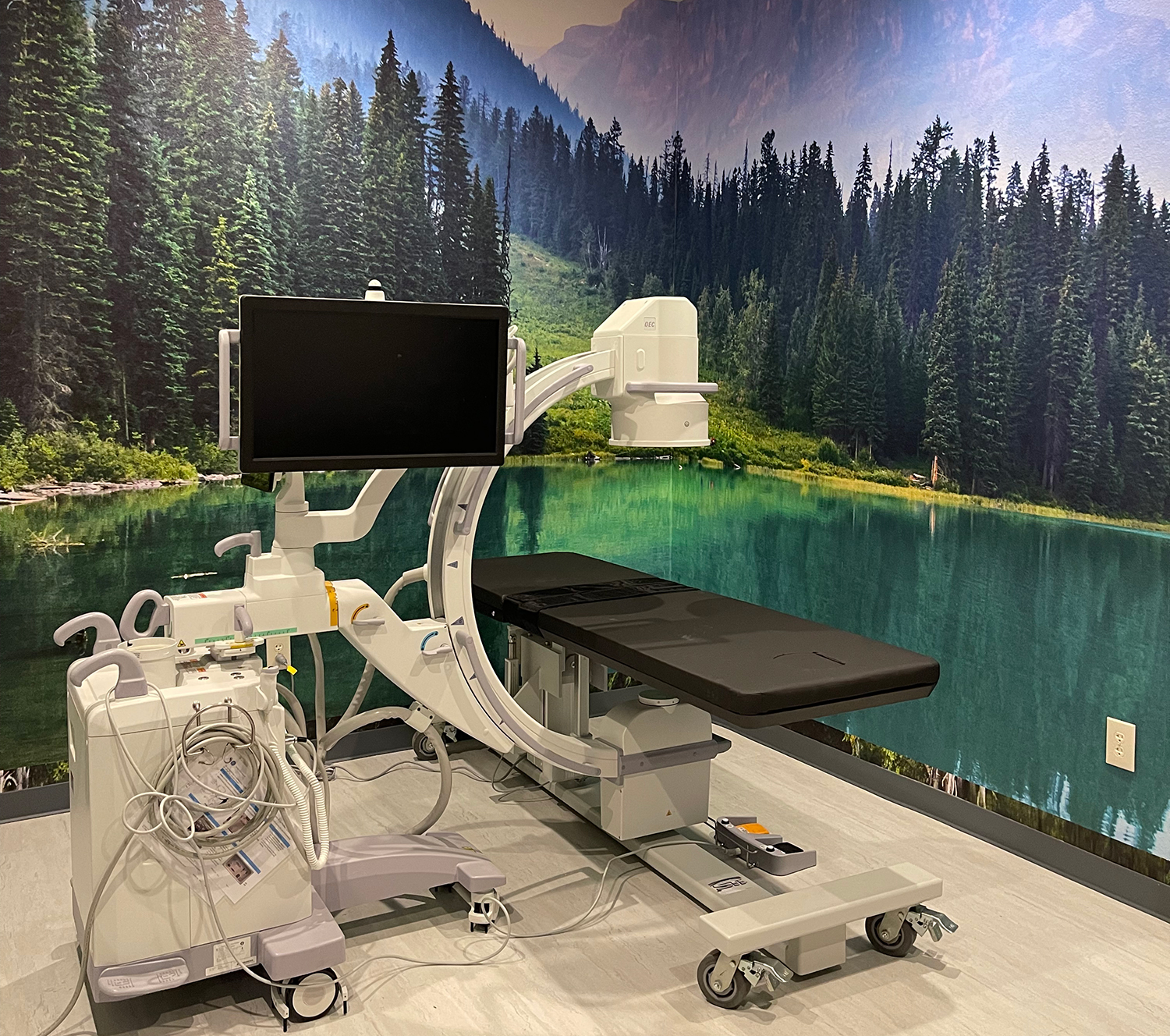
What is Radiofrequency Ablation?
Just like any other joint, your facet joint can become arthritic and cause a great deal of pain and dysfunction. After your doctor determines that the facet joint is the source of your pain, you can be prescribed a regimen of radiofrequency ablation to provide lasting relief. Radiofrequency ablation is a treatment commonly performed in the spine at the location of the facet joint.
This treatment uses a machine called an RF generator to produce heat. This heat is transferred through a cannula to the end of a probe inserted near a painful nerve that’s causing you pain. Ultimately, the heat destroys the painful nerve ending responsible for the pain, offering long-term relief up to 1 year or longer.
The nerves targeted for this procedure are strictly sensory nerves responsible for the pain. They are very small and not the type of nerve responsible for muscle movement so the risk of motor injury to a nerve is quite rare.
The SI joint – or sacroiliac joint – can also be the source of lower back pain. Once it is determined that the SI Joint is responsible for your pain (and other treatments have failed), radiofrequency ablation can be performed to provide lasting relief.
Growing in popularity, the knee joint has become a common location for this procedure. We see many patients who do not want knee replacements or cannot get cardiac clearance for surgery and have run out of options. Genicular nerve ablation is a great treatment choice for these patients.
Due to chronic pain from arthritis or continued pain following knee joint replacement, doctors have been able to provide lasting relief with radiofrequency ablation of the genicular nerve around the knee joint. This procedure typically treats 3 branches of the genicular nerve responsible for sending the chronic sensory pain signals to the brain. By heating or ablating these nerve endings with radiofrequency ablation, patients can get significant relief from their knee pain for 12+ months.